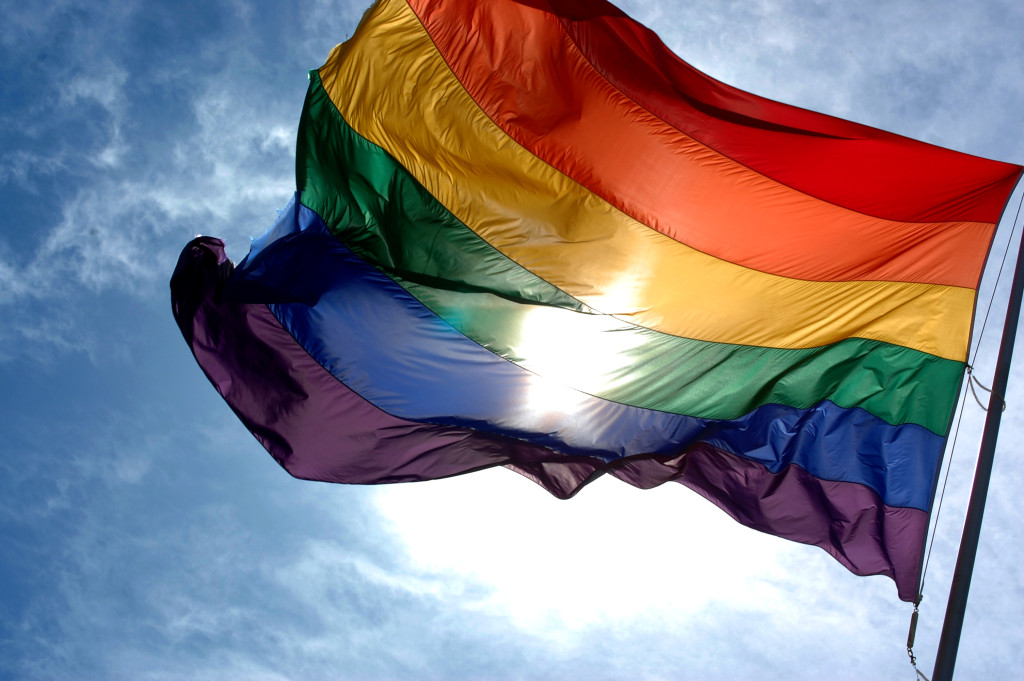Rainbow flags flew high in front of city halls across California for the month of June in honor of pride month. This act of acknowledgment and solidarity is comforting to the Lesbian Gay Bisexual Transgender Queer (LGBTQ) community and particularly welcoming for LGBTQ municipal employees. However, year-round acceptance and support for employees within the LGBTQ community create a happier and even more productive workplace. Beyond raising the rainbow flag, municipalities can further promote diversity and inclusion for LGBTQ employees by providing training, linking diversity to organizational goals, and undertaking inclusive practices.
Employees Can be Taught: Provide and Seek Training
It is a no-brainer that organizations should offer diversity competency and cultural sensitivity trainings that are LGBTQ inclusive. As a part of the plethora of Human Resources trainings offered at your work place, integrate trainings that provide context around sexual orientation, gender identity, and gender expression (if you are unclear about the meaning of these terms, ask your HR department to arrange for training and watch this video). For the cash-strapped HR departments – most LGBT Centers and non-profit organizations offer educational training opportunities at low-to-no cost. During HR trainings and informational sessions, include situations relevant to LGBTQ folks. For example, in a discussion about retirement benefits include information on how benefits work for same-sex couples. Training alone can create awareness of best practices but the development of organizational policies can further the commitment to undertake best practices.
Quick win tip: Replace references to spouses, husbands, and wives with the catchall term partners.
Policies Matter: Link Diversity to the Organization’s Success
Successful cities pride themselves on accountability. A key to creating accountability around the inclusivity of the LGBTQ community is ensuring that the mission or organizational value statements include language valuing diversity. [pullquote align=”left” cite=”” link=”” color=”” class=”” size=””]Alignment of actions around policies is when real promotion of diversity of and inclusion comes to life.[/pullquote]
For example, adding a phrase in the mission or value statements that the City will “recruit a diverse work force” can visibly promote a municipality’s commitment to inclusion and diversity. To further signal acceptance of the LGBTQ community, include language on your website highlighting the inclusive policies and value statements you’ve developed. Making policies visible and accessible creates accountability and generates awareness around the positive workplace atmosphere. Alignment of actions around policies is when real promotion of diversity of and inclusion comes to life.
Quick win tip: Adopt an equal employment opportunity policy that includes sexual orientation, gender identity, and gender expression.
More than Lip Service: Put it into Practice
Whether you work for HR or maintenance, in a cubicle, a corner office or a park, you have the ability to transform your workplace into an inclusive and diverse environment. For management with hiring responsibilities, ensure that recruitment and hiring practices draw in a spectrum of applicants. You should post the position on job boards for LGBTQ communities, as well as job boards that promote diversity. Additionally, consider including a target number of applicants from the LGBTQ community for each role. Focusing on the applicant pool numbers, rather than diversity hiring quotas may be easier to implement and signals early on to an applicant that your City cares about drawing in the LGBTQ community. [pullquote align=”right” cite=”” link=”” color=”” class=”” size=””]However, when individuals feel supported at a workplace, they make happier and more productive employees. [/pullquote]
Further, everyone in the office should practice using inclusive language in all communications. For example, using the term partners or significant others in lieu of spouses when inviting family to social activities. Finally, designate inclusive ungendered restrooms (i.e. not just restrooms marked for men and women) to ensure that there are facilities that are accessible for individuals who prefer not using a men’s or women’s restroom. We can each take small steps on our own and within our roles to promote a work place that is more enjoyable for everyone to work in.
Quick win tip: Never reveal a LGBTQ person’s sexual orientation or gender identity without permission.
Building a diverse and inclusive workplace can take time and effort. However, when individuals feel supported at a workplace, they make happier and more productive employees. If your municipality undertakes inclusive practices, please share with us in the comments section.
